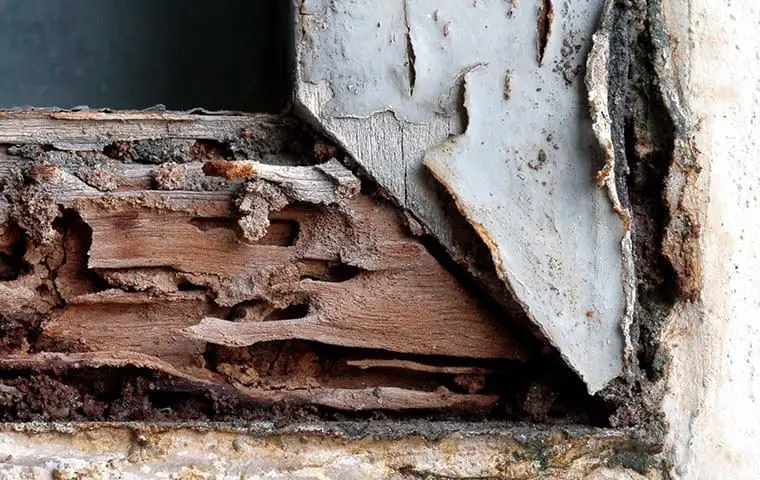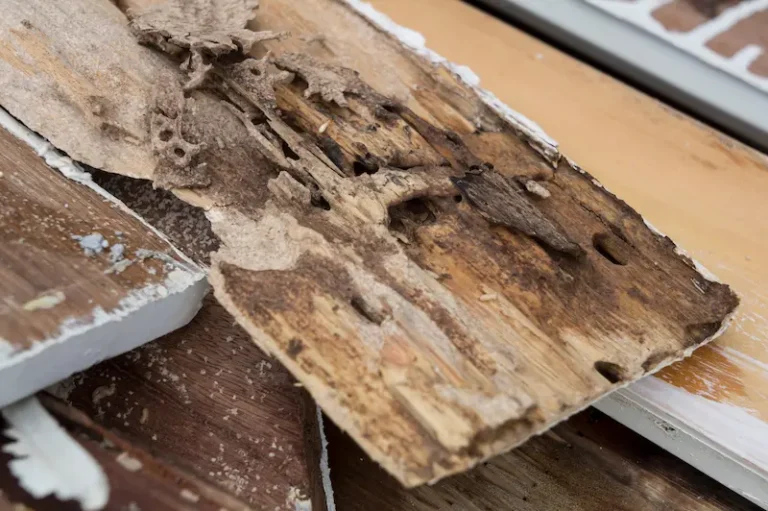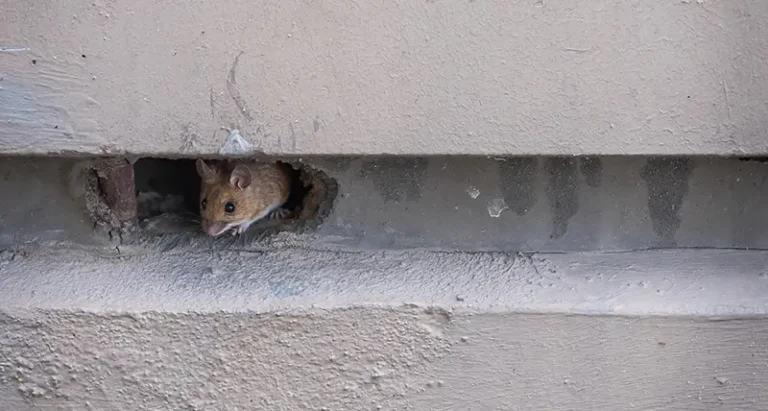You may have unwanted guests and not even know it. Find out how to tell if termites are active in your home or business.
Knowing The Signs Of Termites Could Prevent Serious And Costly Termite Damage
There are a ton of educated guesses floating around about how much termites cost U.S. property owners each and every year. Estimates range from $2 billion to as much as $30 billion. The truth is, no one knows for sure, but the number is really high. That is why it is so important that you recognize the signs of termite infestations when you see them.
Early Stages Of A Termite Infestation
The first sign of a termite infestation will be the appearance of termite swarmers. Swarmers are king and queen termites that are produced by a mature colony for the purpose of creating a new nest. These winged reproductives don’t travel far, and their swarms don’t last long. If you see winged, ant-like insects crawling on your walls, stop and take a closer look. You may be looking at the beginning of an infestation.
Swarms can come and go quickly. Often, the only sign that a swarm has come to your home will be transparent wings laying around. Termite reproductives lose their wings after they mate, and these wings can be seen on windowsills, decks, patios, walkways, and soil near your home.
Swarmers are attracted to light. If you see a thick cloud of flying insects around a street light or exterior light on your home, you should definitely look for wings in the morning.
If you are fortunate enough to see swarmers, look closely to identify them as termite swarmers. Ant swarmers will have a bend in each of their antennae and termite antennae look like tiny balls stacked on top of each other. Termite swarmers also have wings that stack on top of each other, giving them a round appearance toward the hind end. The wings on ants can look stacked, but you will distinctly see the division between left wings and right wings toward the hind end.
Ongoing Termite Infestation
If you missed the swarmers and termites found a way to start feasting on your home, you’re going to need to start looking for a different kind of sign: signs of termite cohabitation. These will come in the form of wood damage on exterior objects like fences, patios, decks, sheds, and outbuildings. They may also come in the form of interior damage like chewed wallpaper, banisters, furniture, and fixtures.
Check for droppings. If you have drywood termites, you may find hard, pepper-like droppings in piles under kickout holes or scattered on window sills. These droppings can also have a sawdust-like look to them from a distance.
Examine all your exterior basement walls closely. Most species of subterranean termites will live in the soil near your home and build mud tubes along your basement walls. These tubes can be as thin in width as a pencil. You may also find mud tubes on inside walls of crawl spaces, closets, bathrooms, and attics.
Inspect any wood you have near your home. Termites will live in woodpiles, construction material, stumps, logs, and other wood products. They can also be found under mulch. Cut wood open and look inside. Peel mulch up and look under. Most termites will appear pale and worm-like but look closely. These are insects, and they have the same characteristics as insects: two antennae, six legs, and three body parts—though it visually may look as if they only have a head and a body.
Mature Infestation
If you peel up mulch and find a bed of winged insects, you have a mature colony in your soil. After a few years of feeding on your home, termites will begin to produce winged reproductives.
These winged reproductives are created to form another nest away from the first, but they aren’t very smart. Often they will leave exit holes and enter into the structure they are infesting. If you find a swarm of winged termites inside your home, you can almost know for sure that you already have a mature infestation living in your walls.
When doors and windows don’t open or close, when walls begin to bulge, ceilings begin to droop, and floors start to have a sag in them, these can also be signs of termites. But by this time, the damage is already done.
Even if you know all the signs, it can still be hard to detect termites without professional help. If you’re concerned about termites in your home or business, visit our termite control page for more information.
Signs of Termites in Indiana, Illinois & Kentucky
Extermination Services You Can Trust



